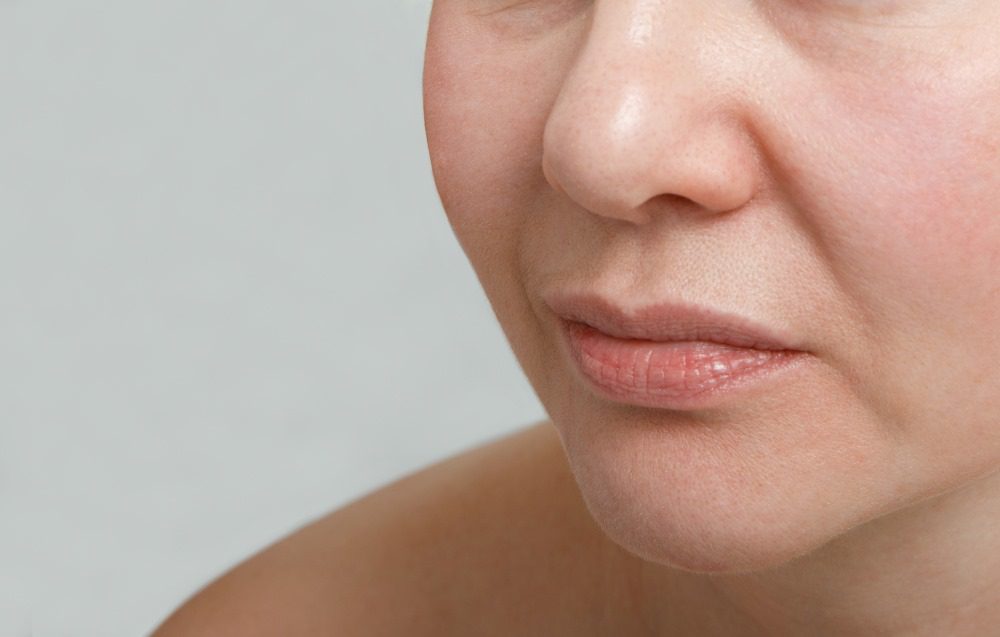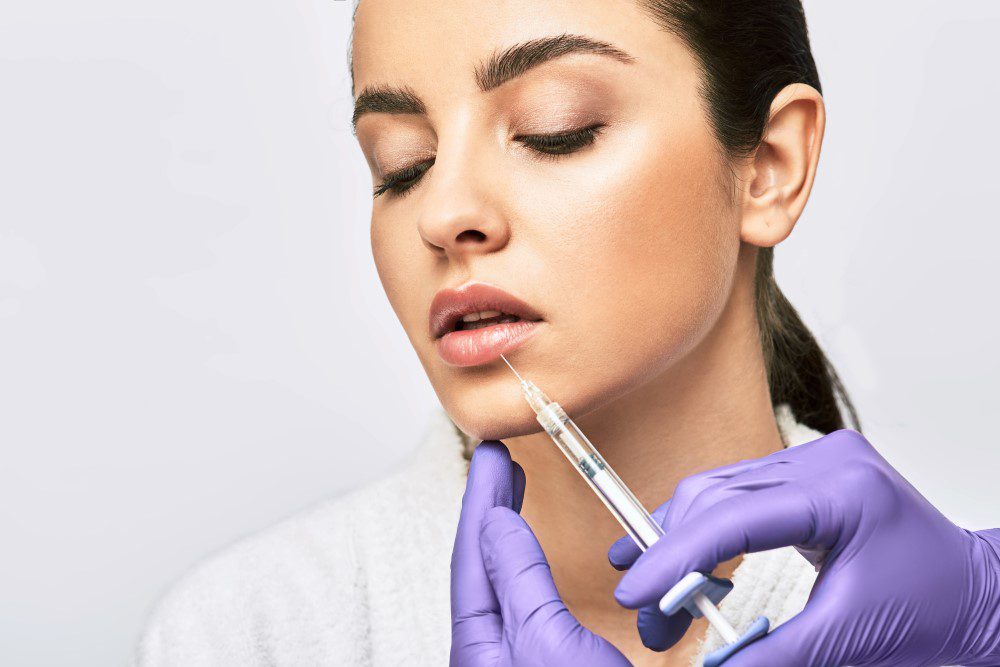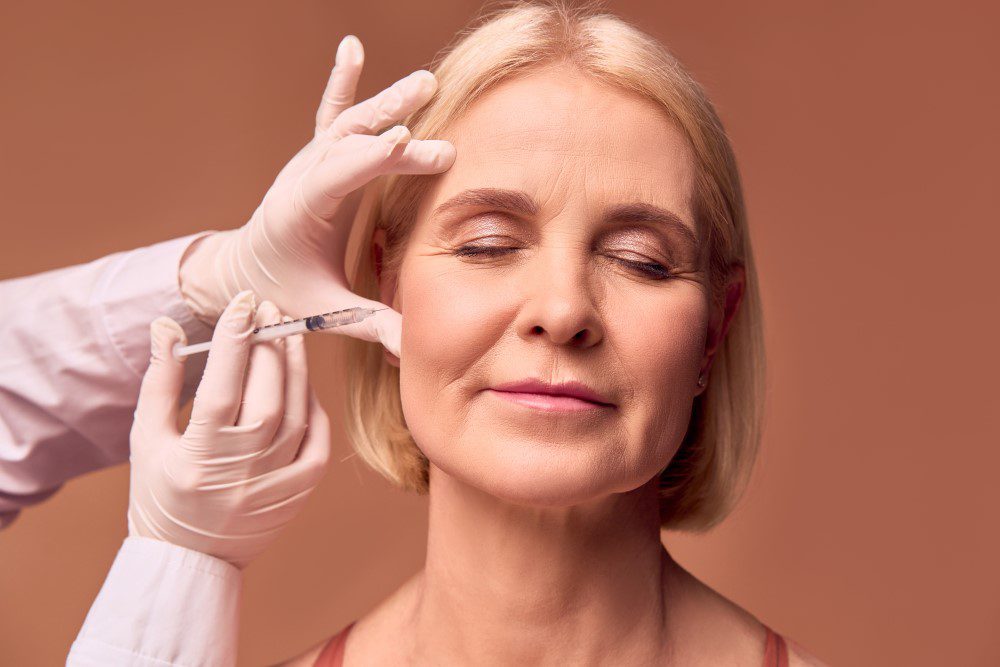Nasolabial folds are the name given to the creases that run from the sides of the nose down to the corners of the mouth. They become more apparent as we age and our skin starts to lose its elasticity, and fat deposits beneath the skin start to shrink.
In some cases, nasolabial folds are caused by a loss of volume around the base of the nose, while in others, they are linked to muscle activity, which can affect how deeply the lines become etched into the skin.
Marionette lines describe lines extending vertically from the corners of the mouth down to the jawline. They create a downturned expression, which is another symptom of the aging process, when gravity pulls against the soft tissue around the lower face. Some marionette lines are linked to muscle activity; in this case, the depressor muscles are used to pull the mouth downwards.
Common Causes of Nasolabial Folds and Marionette Lines
The normal aging process is the primary reason for developing both, as the natural production of collagen and elastin starts to slow. This process can begin as early as the mid-20s, but greatly accelerates as we age. Repetitive muscle activity contributes to their development, much more for some individuals than others.
Other external causes also play a role, ranging from excessive sun exposure, smoking or alcohol consumption, and genetic factors that can influence changes in hormone levels during the menopause.
Treatment Options
Dermal fillers are often used to reduce the appearance of both issues, but in cases where the lines are linked to muscle activity, Botox can offer an effective alternative.
Microneedling treatments can also be used to stimulate collagen production, and chemical peels can be used to remove the outer layers of the skin, revealing smoother skin layers beneath.
Botox as a Treatment for Nasolabial Folds
Botox injections into adjacent muscles can relax the muscles that accentuate the nasolabial folds, resulting in a softening of the lines and a more relaxed appearance. This treatment is only effective when the folds are tied to muscle activity; it is far less effective in cases when the formation of skin folds is linked to sagging skin or loss of volume.
Botox as a Treatment for Marionette Lines
Botox can be injected into the depressor muscles that serve to pull the corners of the mouth downwards. Weakening these muscles leads to a subtle lifting of the corners of the mouth, which also tends to reduce the severity of vertical lines.
Treatment results are achieved without adding the bulk that would come from the use of dermal fillers, which is advantageous as it allows for more natural-looking results to be achieved.
Long-term Advantages of Botox Treatments
In common with other uses of Botox, results are temporary, lasting for up to 6 months. When applied expertly, Botox can be used to achieve excellent results, and it can be combined with other treatment options, for example, dermal fillers, to help combat lines that are static, and not directly linked to muscle activity.
Repeated application of Botox over longer time periods can have other benefits, as treated muscles learn to become less active, and hence require repeated treatment less frequently.
Consult the Experts at Your Laser Skin Care
Your Laser Skin Care practitioners are medically qualified, with extensive experience performing Botox procedures. We tailor all treatments according to each patient’s needs. We invite you to contact us for more information on this or any of the other non-invasive cosmetic procedures we offer. We can help you choose the safest, most effective, and most cost-effective way to achieve your cosmetic goals. Call us at (323) 525-1516 to schedule a free consultation, or visit us online for more information








